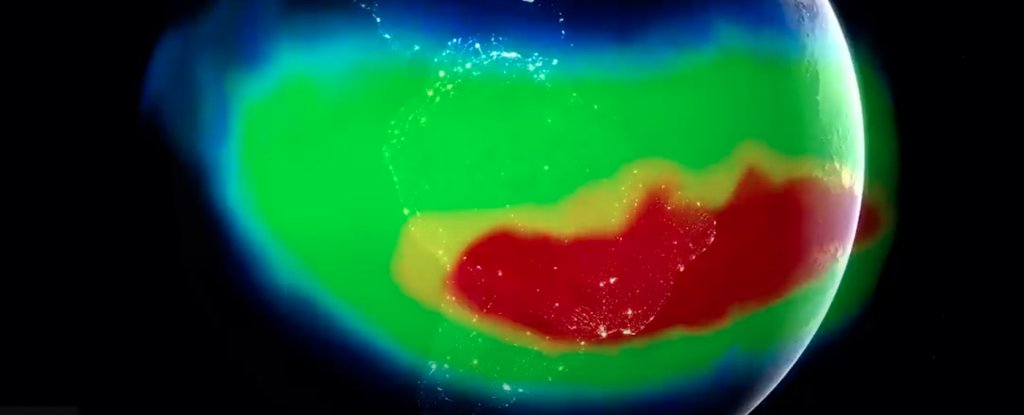
After over three decades of scrutinising our Universe, Hubble remains a household word as the most well-recognised telescope in scientific history.

In a new image from NASA’s James Webb Space Telescope, a galaxy named for its resemblance to a broad-brimmed Mexican hat appears more like an archery target.

NASA's new infrared space telescope, SPHEREx, is designed to give us unprecedented insights into the evolution of the Universe.

NASA has been monitoring a strange anomaly in Earth's magnetic field: a giant region of lower magnetic intensity in the skies above the planet, stretching out between South America and southwest Africa.

For the first time, NASA’s James Webb Space Telescope has captured bright auroral activity on Neptune.

The discovery is one of the most significant findings in the search for evidence of past life on Mars.

Global sea level rose faster than expected in 2024, mostly because of ocean water expanding as it warms, or thermal expansion.

To lay the foundations for a lunar navigation system, NASA's Lunar GNSS Receiver Experiment (LuGRE) has successfully received global positioning system (GPS) signals beamed from Earth's orbit.

A new international study partially funded by NASA on how Mars got its iconic red color adds to evidence that Mars had a cool but wet and potentially habitable climate in its ancient past.

Meteoroids striking Mars produce seismic signals that can reach deeper into the planet than previously known.

Using the European Space Agency’s Euclid space telescope, astronomers have accidentally found a complete Einstein ring around a nearby galaxy known as NGC 6505.

NASA has released a beautiful photo taken by the NASA/ESA Hubble Space Telescope of the spiral galaxy LEDA 22057.

From exploring the Moon to revealing mysteries of the solar system, space agencies around the world are gearing up for an exciting year of launches and flybys.

Scientists hope the data from Parker will help them better understand why the Sun's outer atmosphere is hundreds of times hotter than its surface.

The review takes a close look the final flight of the agency’s Ingenuity Mars Helicopter, which was the first aircraft to fly on another world.